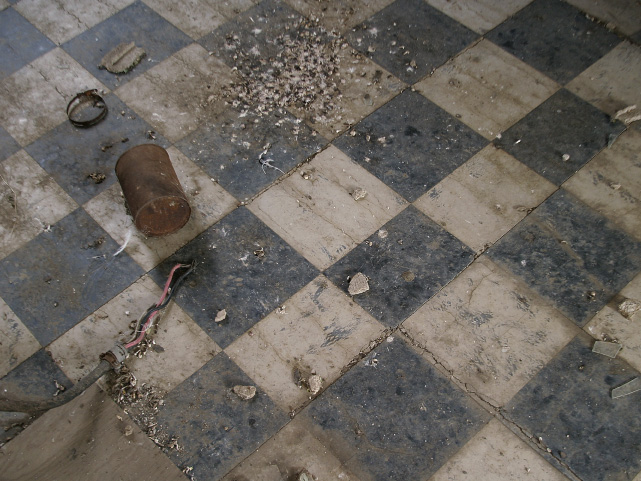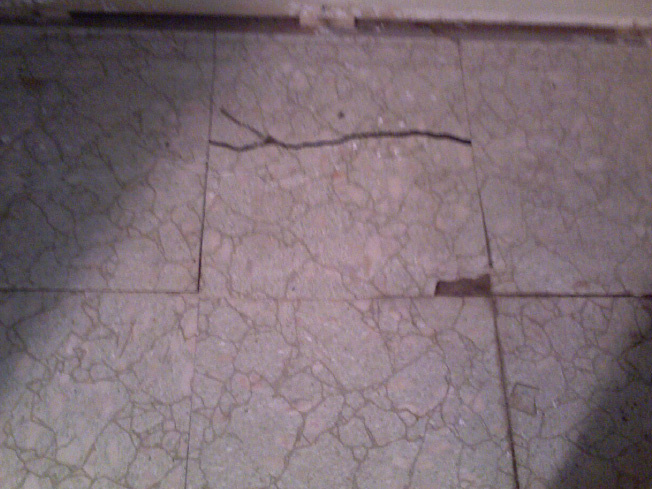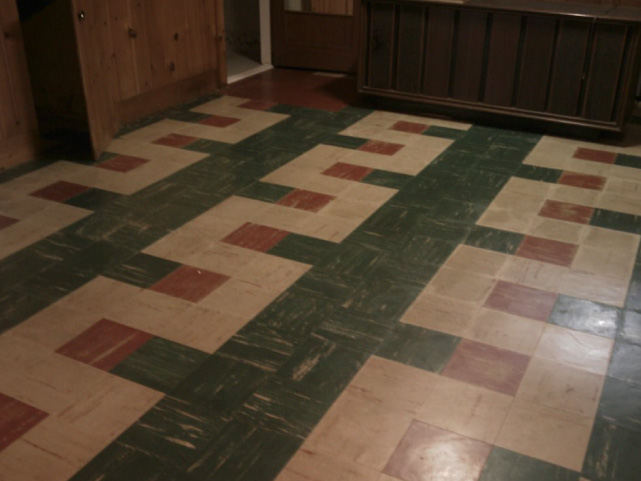Vinyl floor is a durable, smooth covering with a wide variety of colors and patterns, ranging from solid black to rainbow swirls. Vinyl floor was installed as sheets or tiles. Vinyl sheet commonly has a paper backing and adhesive that holds it to the floor. Vinyl tiles were usually attached with mastic. Vinyl sheet and vinyl tile often contains asbestos, and should be tested by an accredited inspector.
You should have your vinyl floor removed by an asbestos abatement company if it contains asbestos, and if it might be disturbed. If disturbed, the asbestos in the vinyl floor could enter your lungs, and cause diseases such as mesothelioma or lung cancer.
Asbestos removal can be done in different ways depending on the type of material, the location of the material, and the ability of workers to safely access the material. In general, during vinyl floor removal, the abatement contractor seals off the work area with plastic sheeting held in place with heavy tape and staples, and ventilates the work area with specialized air handlers. The abatement workers enter the work area with respiratory protection and protective clothing. They scrape up the vinyl floor and mastic, and seal it in doubled heavy plastic bags. In some cases, they remove the entire floor, down to the joists. They sample the air at a variety of places including inside and outside the work area, and send those to a lab for testing. Once the air samples pass the tests, the workers return to the site to remove the plastic sheeting.
After the job is complete, you will generally need to install a new floor.



